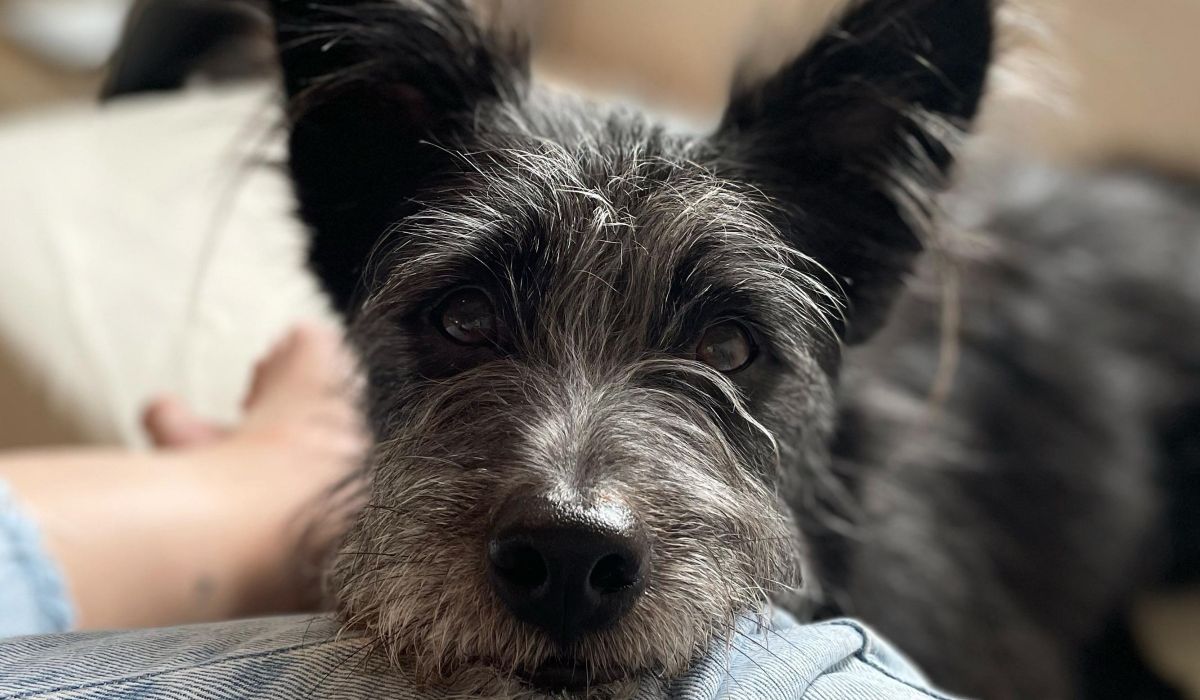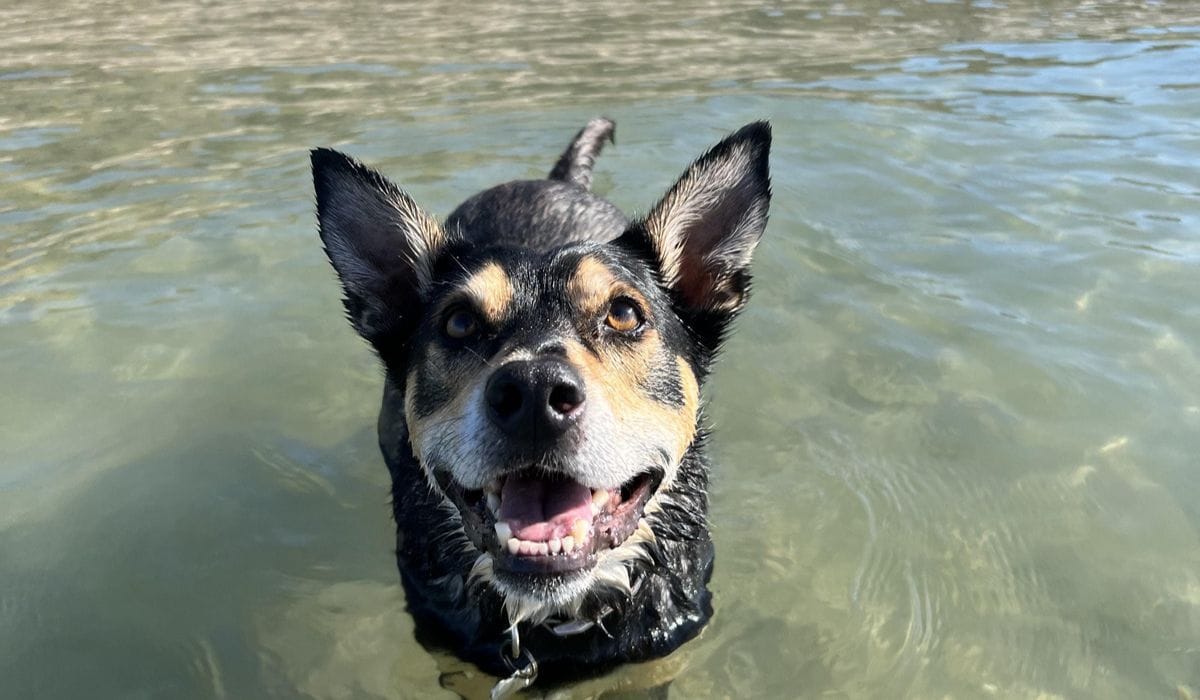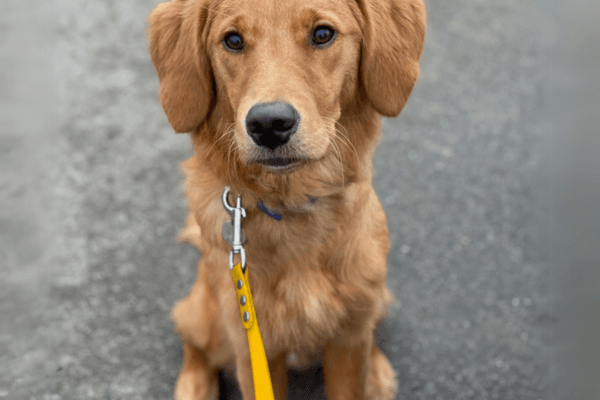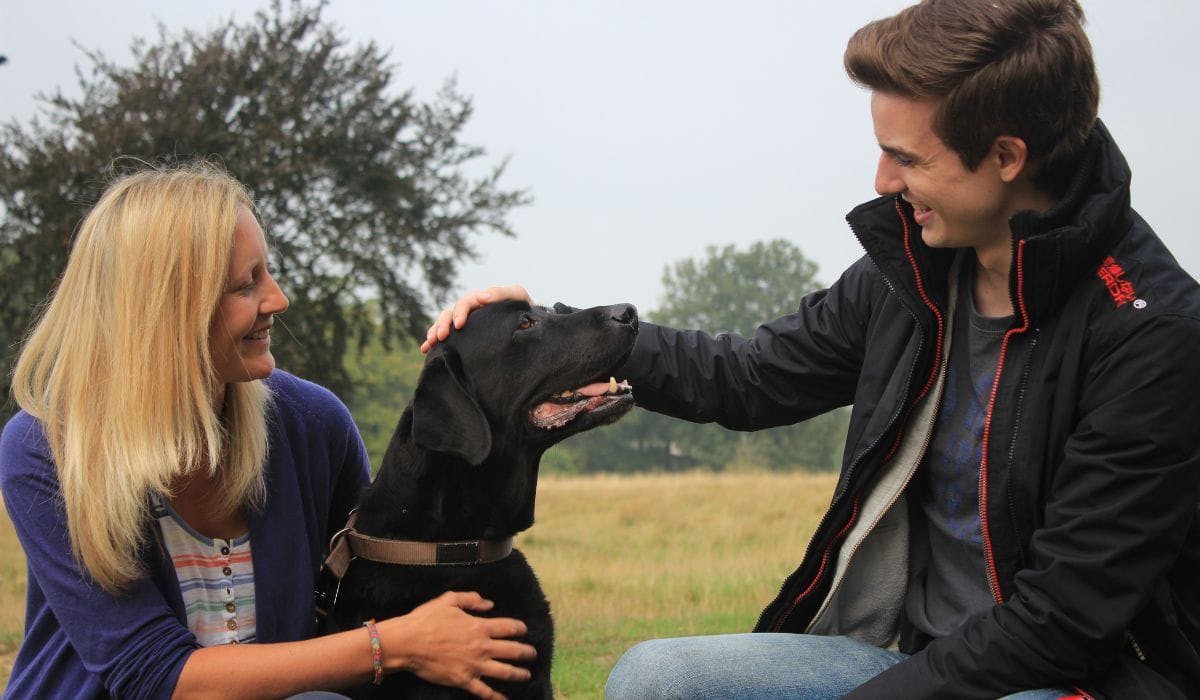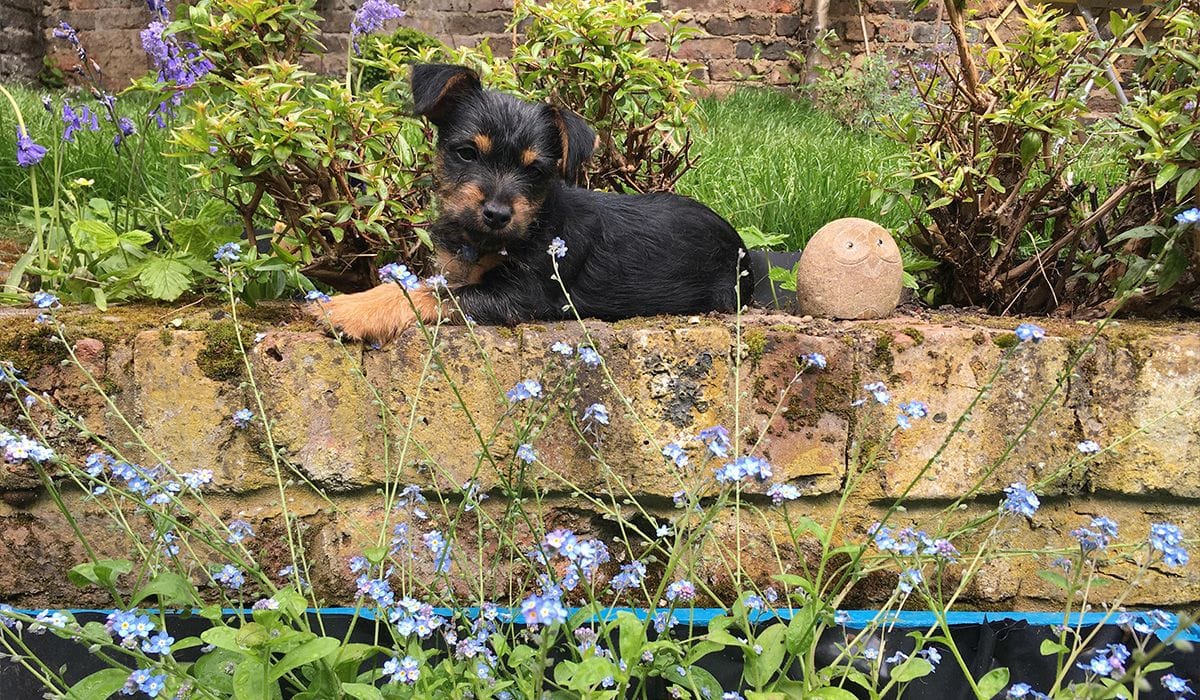Written by Rosie Bescoby, Certified Clinical Animal Behaviourist, BSc (Hons), PG Dip CABC, CCAB
Reviewed by Dr Jill McMaster BVM&S MBA MRCVS, Veterinary Surgeon and in-house expert at BorrowMyDoggy on 8 Jun 2023
If you are worried that your dog may be suffering from separation anxiety, it is important that you know how to spot the signs and how to help them through it.
With 73% of UK dog owners saying their dog has experienced separation anxiety(see note 1), it’s clear that this is a big issue for dogs, with owners all over the country needing support.
Studies suggest that some breeds are more prone to this, including Labradors, Jack Russell Terriers, Border Collies and German Shepherds.(see note 2)
So thanks to our pawsome pals at My Family Pets and Clinical Animal Behaviourist, Rosie Bescoby, let's find out more about this issue and how you can help your canine companion.
What is separation anxiety in dogs?
Separation anxiety is when dogs feel distressed and overwhelmed when left on their own.
Summary
What is separation anxiety in dogs?
Does my dog have separation anxiety?
How do dogs get separation anxiety?
How can you prevent separation anxiety in dogs?
So how can you do this yourself at home?
What do you do if your dog is showing signs of separation anxiety?
How do you treat separation anxiety in dogs?
What should you NOT do with a dog with separation anxiety?
Help with separation anxiety in dogs
Does my dog have separation anxiety?
It’s not always easy to tell if your dog is suffering from separation anxiety because most of their symptoms will take place when you’re apart. Video footage can be useful to determine how ‘settled’ your dog is when left alone – owners are often surprised at what they see!
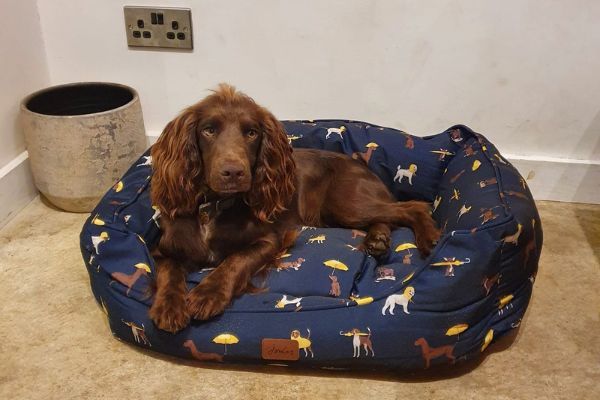
As you get ready to leave the house, take notice of your dog’s behaviour. Dogs can pick up on the small details that indicate whether you plan to leave the house with or without them – you picking up your car keys, for example, or putting on your work shoes – so a change in their behaviour can become apparent a little while before they’re left alone. They may follow you around, whine, or even lie in front of the door.
Signs of separation anxiety in dogs are often more obvious when you get home. Anxious dogs are known to scratch doors and furniture, chew certain objects, go to the toilet indoors and neighbours may tell you your dog has been barking when you are out. They may also be over-excited to see you when you get home, and follow you wherever you go.
Some dogs will get signs when they are apart from you when you are home, for example at night. These dogs can bark more during the night due to their anxiety from being away from your side.
How do dogs get separation anxiety?
First off – it’s important to understand that dogs are, like humans, naturally sociable creatures. In the wild, they’d be part of a pack – many dogs relish the company of other canines and they certainly prefer to be with their owners than when left to their own devices.
For dogs, it simply isn’t natural or instinctual to be alone. Causes can include:
- The dog is experiencing being alone for the first time
- A change to their home environment (moving house, fireworks during Bonfire Night, new family member)
- Some rescue dogs have pre-existing separation anxiety or develop signs due to moving away from their previous owner, being in a rescue centre etc.
- The loss of a canine companion
- Boredom, or lack of suitable mental stimulation (known as Separation Related Behaviours)
- Recently our dogs have been affected by the COVID lockdowns, with the change from having owners with them 24/7 to owners going out more
- Your dog has always slept in your bed, and then there is a situation where they need to sleep in another room

How can you prevent separation anxiety in dogs?
The best method of dealing with separation anxiety in dogs, is to prevent it before it has the chance to become a problem. Training your new puppy to enjoy their alone time is easy, especially if you start when they’re young. It doesn’t take a great deal of time and the rewards can be huge!
So how can you do this yourself at home?
As an owner, it’s a great idea to get your young dog used to their own company fairly early. It’s important for your dog to associate their alone time positively; for them to be aware that you leaving the house is a normal occurrence, and that you always come back. Do it in stages, gradually increasing the amount of time your puppy spends on their own. It may be worth trying these steps at home with your older dogs too, this will help them to understand it’s OK to spend time alone.
- Choose the location – the place your dog will spend their time while you’re out (so somewhere they associate with comfort when you are around).
- If you can, use a safety gate rather than closing the door, so your pet can still see you.
- Use long-lasting treats to make sure your dog associates this location positively.
- Once your dog has their treat, go about your usual business with the safety gate between you.
- Gradually increase the length of time your dog spends on their own until they’re comfortable for 30 minutes.
- Once they’re fine with this, you can start leaving the house for short periods. Consider videoing them to ensure they are settled.
- When you return be sure to not make too much of a fuss. We want them to be happy in the knowledge that you’re coming back, but also that it’s not so exciting that they spend the whole time you’re away anticipating your return.
Over time your pet will start to become used to their own company. You leaving will be a standard process – as will you coming back!
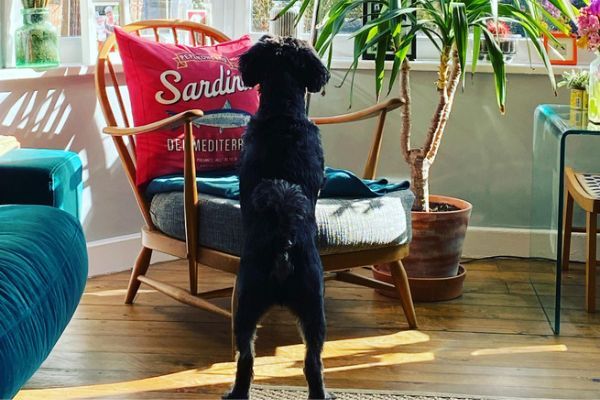
What do you do if your dog is showing signs of separation anxiety?
Firstly, always speak to your vet if you are worried about your dog’s behaviour, to make sure there are no underlying medical issues. They can also look at medications, often herbal, that can support your dog, while you carry out some training techniques. They can recommend a local veterinary behaviourist who can support you and your dog with these issues too.
How do you treat separation anxiety in dogs?
- Some dogs with mild signs of separation anxiety can respond to the prevention methods given above.
- It is also important to remember that anxiety can be increased if your dog has lots of excess energy. Consider taking your pup for a short walk before they are left alone in the house.
- Brain games and mental stimulation can help entertain dogs and tire them out whether they are alone or you are trying to distract them from their triggers. There are a range of toys that can help, for example, a Kong toy filled with dog-friendly peanut butter or your dog’s own wet food can be a great interactive toy.
What should you NOT do with a dog with separation anxiety?
Punishment only makes things worse. Coming home to discover that your dog has made a mess of your living room can be frustrating, and your first instinct may well be to shout at them. It is, however, important NOT TO DO THIS.
Your dog will not associate the mess they made (often as far back as eight hours ago) with you coming home and shouting at them. All punishment will do is confuse your dog, and likely add to their anxiety further. Shouting at them will not train negative behaviour out of them and in many cases, will make it worse. Behavioural training should always be reward-based.
Can using a crate help?
Your dog’s crate can be a godsend if they can learn to associate it positively – as a place of comfort, where they’re always given a treat. That said, be sure not to use their crate as a solution to separation-related behaviour, or without first training them to enjoy spending time in it – this can create further issues associated with confinement.
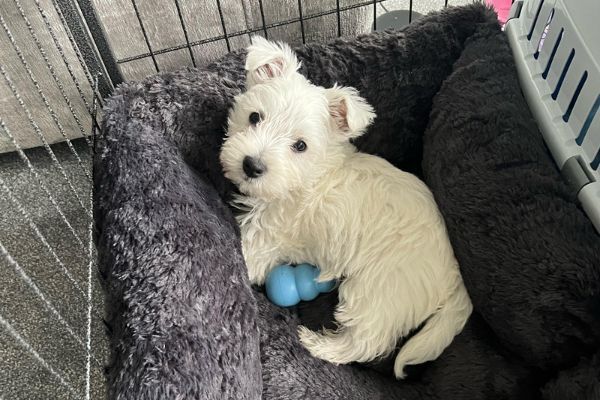
Help with separation anxiety in dogs
If these methods are not working or your dog is seriously affected, a qualified canine behaviourist can advise, and will use a process known as ‘desensitisation and counter conditioning’, designed to teach dogs that being left alone is OK (in some cases even enjoyable and relaxing!)
Methods of treatment will vary according to your dog’s symptoms and the severity of their condition. Behaviourists will usually use therapy-based methods, although pheromones and stress-relieving products may be advised in some cases. Your vet can refer you to a qualified behaviourist to help with your dog’s separation anxiety.
How has BorrowMyDoggy helped dogs with separation anxiety?
Emma and her girlfriend Lauren have been looking after my one year old Pomeranian, Rupert. Joining BorrowMyDoggy has been invaluable to me as Rupert gets separation anxiety and has to have company during the day. Every Tuesday morning I drop him with Emma and she takes him to her office, then I pick him up when I get home. When I had an operation earlier in the year and I was at home for a couple of months, Emma and Lauren visited and took him for walks on weekends. He adores them both (evident by the amount of face-licking that goes on when I hand him over). A couple of weeks ago, Emma and Lauren exchanged vows at a civil ceremony and asked me if Rupert could be the ring-bearer! I was so touched they wanted him to be part of their special day and it showed me just how much this little dog has snuggled his way into their hearts over the months, the way he does with everyone he meets. So Rupert duly donned his best bow tie, walked down the aisle with them, and gave the happy couple his fabulously fluffy blessing. They both said it made their day really special to have him there, plus of course the guests were charmed by him! Thanks to BorrowMyDoggy on behalf of myself, Emma and Lauren for giving us the chance to make all our lives happier via the magic that is Rupert!
Rupert's owner, Katie
Cosmo the rescue dog suffers from separation anxiety, so owners Lucy and Euan signed him up
to find someone that was spending time with a dog because they love dogs, rather than paying for a service.
Their match, Ross, “is now part of the family and Cosmo loves him so much.”
Read more about Cosmo's story here.
Dog-owner Deirdre signed up her dog, Oscar, to help with this separation anxiety. As she says,
I thought it would be good for him to have experience spending time with someone else. Oscar is with me constantly as I don’t work. Finding someone to spend time with him through BorrowMyDoggy has given me more freedom to go out and see friends.
What's more? Her borrower, Alice, lives only a two minute walk away, which makes the match extremely convenient for everyone. Read their story here.
- Yougov, 2022.
- Furbo, 2018.
